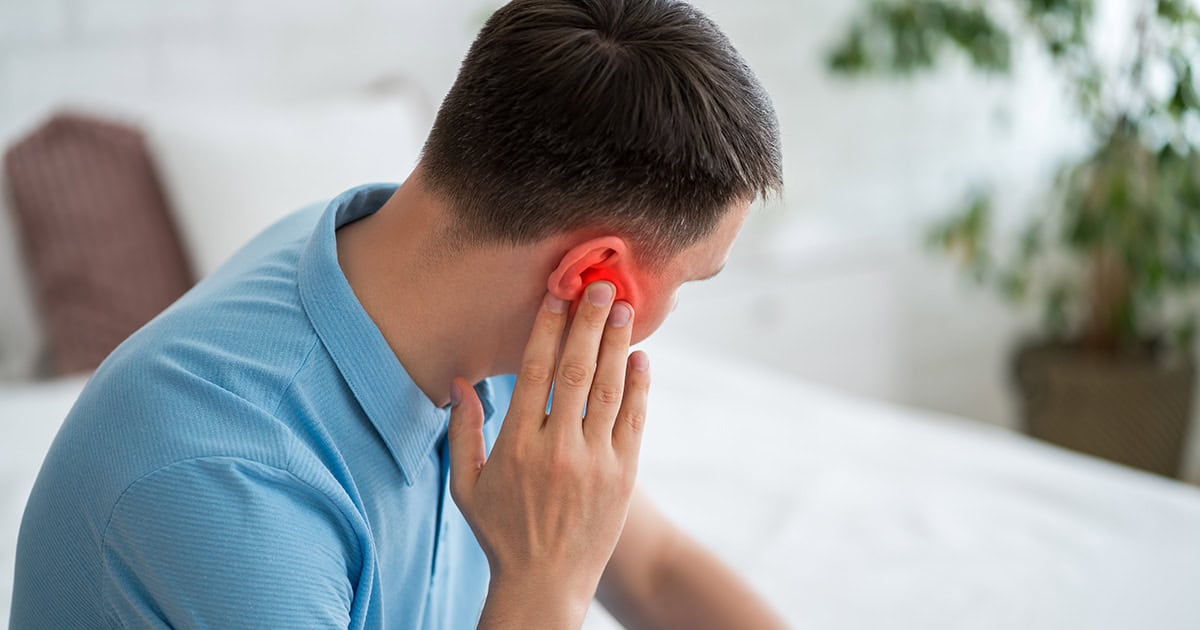Several years ago, the Internet went crazy over the color of a dress due to a visual illusion. This week, an auditory illusion had many people asking the simple question of whether they heard “Laurel” or “Yanni”. Aside from the “water cooler” discussion, what are the linguistic and auditory principles behind the illusion?
First of all, from a phonetics standpoint, Yanni and Laurel comprise all sonorant sounds. In phonetics and phonology, a sonorant or resonant is a speech sound that is produced with continuous, non-turbulent airflow in the vocal tract; these are the manners of articulation that are most often voiced in the world’s languages. In English, vowels are sonorants, as are consonants like y, w, l, r, m, n, and ng. Sonorants have more acoustic energy than other consonants.
The fact that both sounds comprise phonemes that are marked by a continuing resonant sound makes it easier to create an auditory illusion by manipulating categorical perception by isolating a specific variable (e.g. harmonic energy in a specific frequency region, around the second format) along a continuum, changing perception categorically from one sound (Yanni) to another (Laurel) on the basis of the listener’s perception and experience. Some have postulated that level and frequency differences also matter and that those who prioritize lower frequency listening cues hear “Laurel” while those that use more high-frequency cues hear “Yanni.”
Others have suggested the presence of high-frequency hearing loss will cause a higher percentage of “Laurel” responses. While it is nearly impossible to simultaneously hear both words, some have speculated that the primary reason for the auditory illusion is that the original recording – Laurel – was made in the presence of background noise, probably a fan. Some people report that they can “force” a change in perception by varying the overall level or increasing the distance from the source.
The best thing about the auditory illusion is that it brings the discussion of hearing into the mainstream. The very fact that people are arguing over whether they hear one sound over another is a major achievement. Now, if we could use a “gamefied” version as a hearing screener, THAT would really be something….
Recent Posts
Tinnitus Severity Linked to Mood, Sleep, and Personality
Tinnitus affects approximately 10 percent of the U.S. adult population and 14 percent of the world’s population (NIDCD, 2025). Tinnitus can sound different to individuals,…
Academy Board of Directors Meets with Lawmakers During Government Shutdown
On October 23, the Academy Board of Directors held a successful Hill Day in Washington, D.C. amid the federal government shutdown. The Academy is deeply…
Influence of the Electrical Dynamic Range (EDR) on Speech Perception, Vocabulary, and Quality of Life in Young Children
A person’s electrical dynamic range (EDR) in a cochlear implant (CI) is defined as the difference between the highest tolerable current level, without discomfort or…


